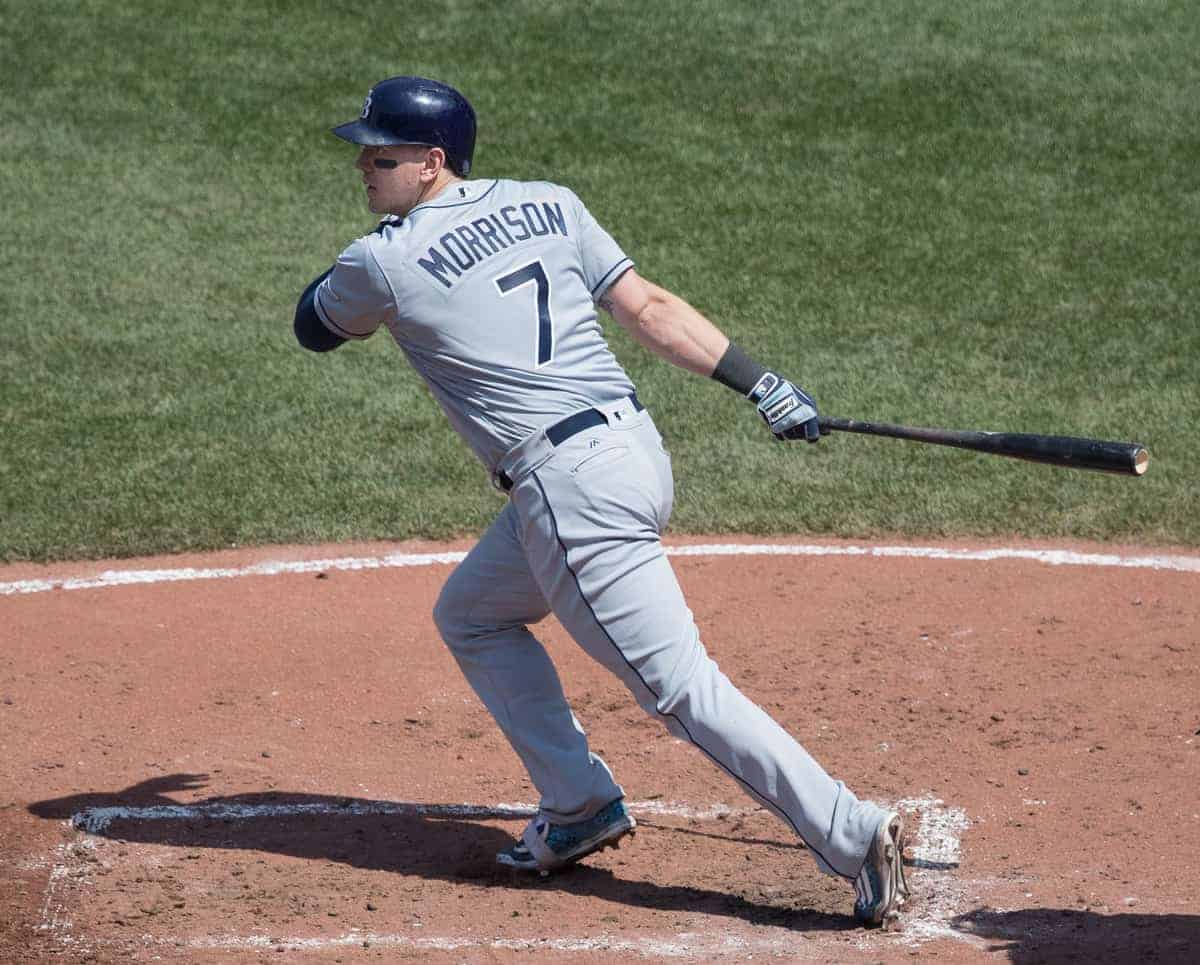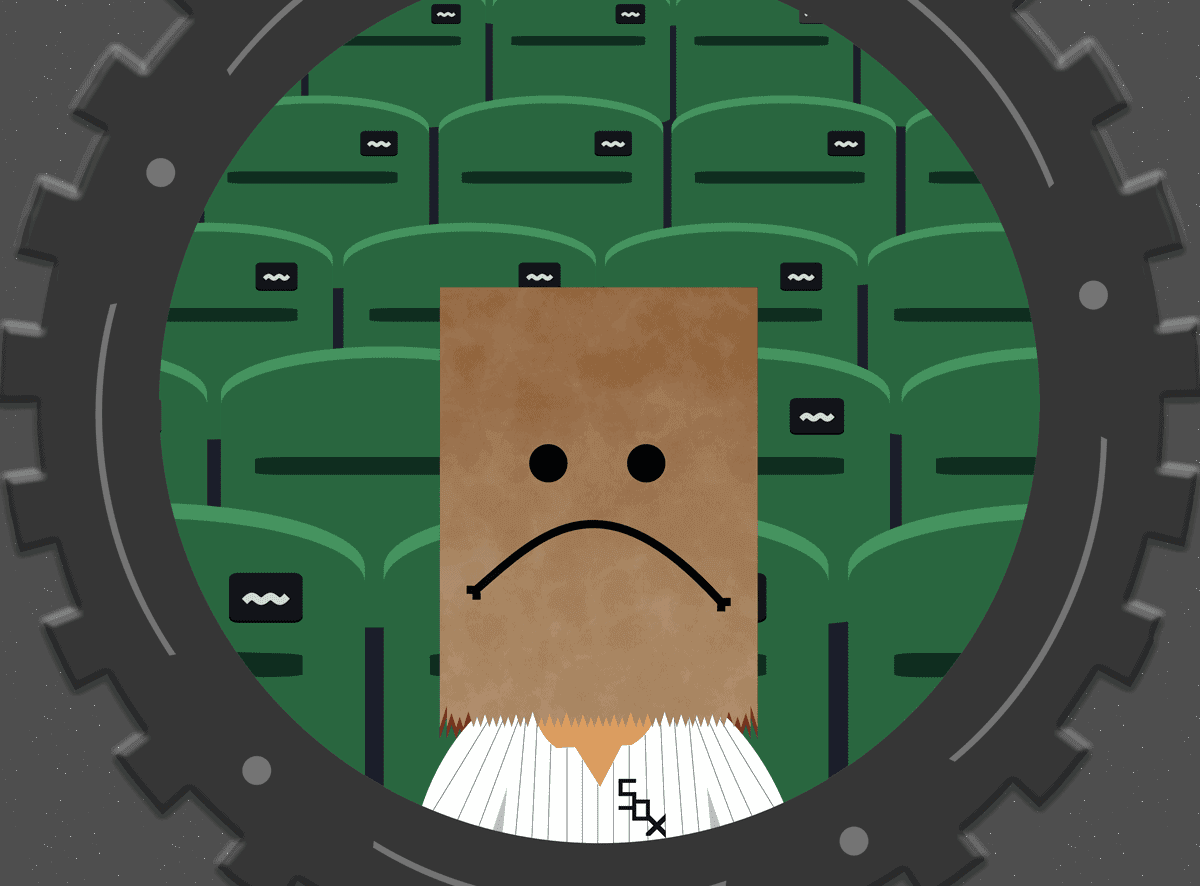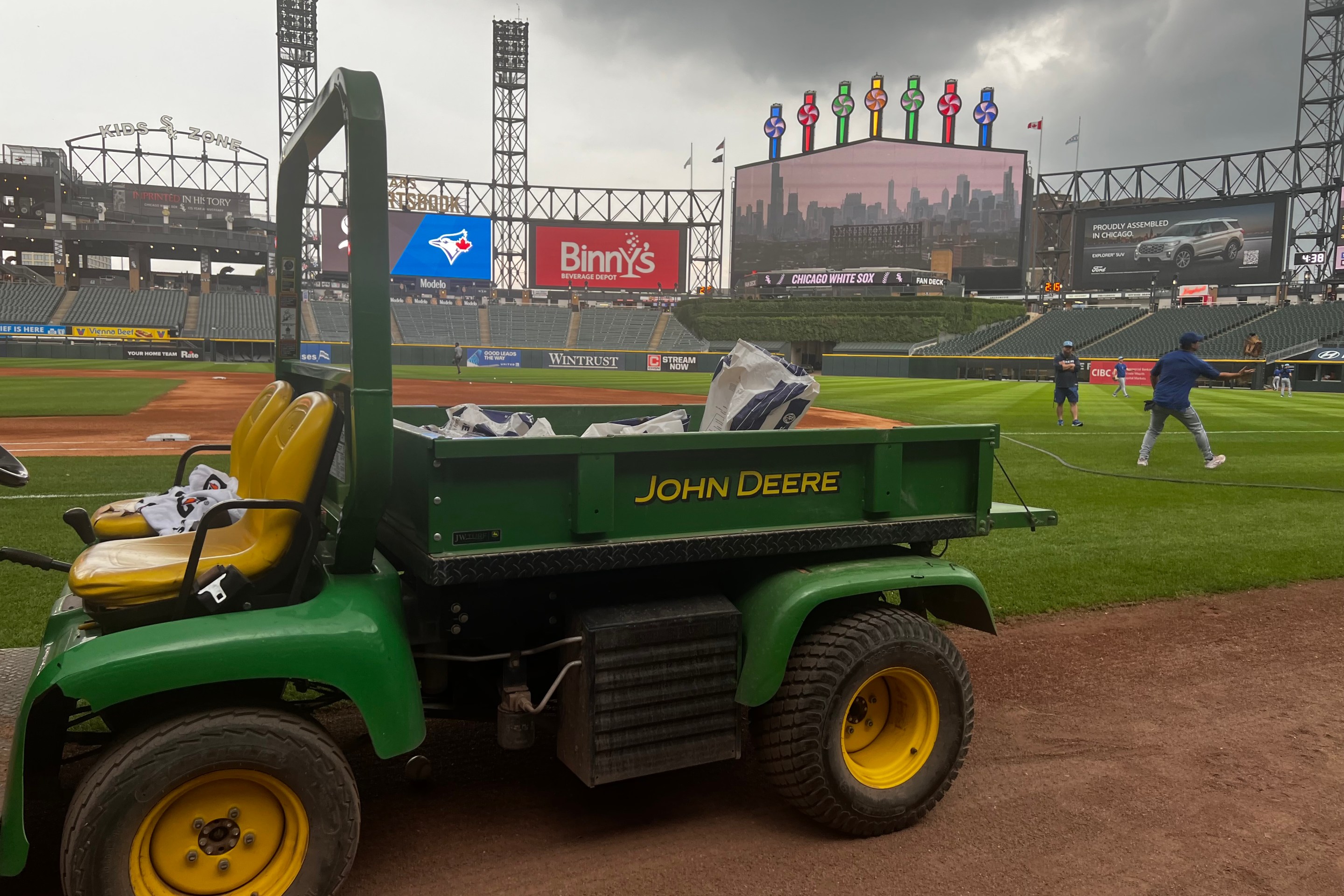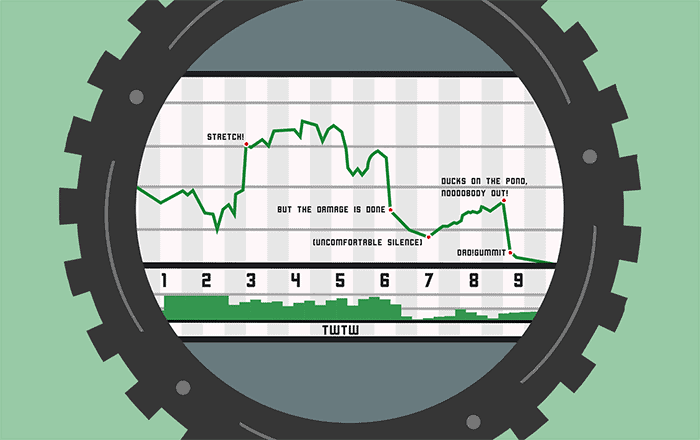Jose Abreu becomes a free agent at the end of the 2019 season, and the White Sox sound like they're in no rush to extend him. In an open session with beat writers a week ago, Rick Hahn padded his word count while heading off the question.
You've had Avisail Garcia and Jose Abreu for a while, but is this an important year for deciding whether they will be part of the contention window or not?
Hahn: No more than last year or next year conceivably would be. We have the ability to extend any player until they hit free agency. Then once they hit free agency, we have to compete with the other 29 clubs, but our history and relationship don't necessarily put us at a disadvantage at that point either.
Both of those players are under control for another two years. There's no urgency to figure out years three, four, five and beyond at this point. We'll continue those conversations when appropriate.
While this story plays out, the bulk of the AL Central might be able to give the Sox a simulation of moving on from a fixture at first base. The Indians replaced Carlos Santana with Yonder Alonso early in the offseason, and the Royals joined them by signing Lucas Duda to a one-year, $3.5 million contract on Wednesday.
The Minnesota Twins aren't quite in the same boat since Joe Mauer remains on hand for the last year of his contract. However, they did add a potential replacement by signing Logan Morrison earlier this week. The Twins landed Morrison on a one-year, $6.5 million deal that includes an $8 million club option for 2019. He'll back up Mauer at first while serving as the most-time DH, but if he succeeds at Target Field, the Twins might have an easier-than-expected time moving on from their hometown hero.
In all cases, the new signings come at a fraction of the commitment:
Indians: Alonso for two years and $16 million, instead of Santana for three years and $60 million.
Royals: Duda for one year and $3.5 million, instead of Hosmer for eight years and $140 million.
Twins: Morrison for one year and $8 million, in place of Mauer at $23 million in the last year of his deal.
And in all cases, one can feasibly envision a scenario in which the teams see no drop in production for the cost ... but it requires a bit of squinting to ignore the knock-off markings.
The Indians have Alonso, a recent loft-added triumph who unlocked his power by turning fastballs into fly balls. He outslugged and out-OBP'd Santana in 2017, which could make him a tremendous year-over-year bargain. On the other hand, he's a lefty who needs a platoon partner, so that makes any rate stats comparison unfair since Santana takes on 100 more PA a year. Alonso also had an ordinary second half, which might mean that teams figured out how to water down his new recipe for success.
For the Royals, there's this:
Hosmer and Duda have basically been the same player over the past four years. Duda with more power, Hosmer with less injuries. pic.twitter.com/dMvAp8s4iD
— Shaun Newkirk (@Shauncore) February 28, 2018
But injuries are a great way to distinguish one player from another. And again, Duda's a lefty with a sub-.700 OPS against left-handed pitching over the course of his career. The same can be said for Hosmer, but he closed that gap last year while playing in all 162 games. Duda has just one season with more than 140 appearances.
And then there's Mauer, who is coming off his best season as a first baseman, even if it's an atypical hitting profile for one (.305/.384/.417, 36 doubles, seven homers). Morrison arrived at the same WAR neighborhood via a different route. He set career highs in homers (38) and slugging (.516) with plenty of room to spare in his age-29 season, and yet he could only get a one-year deal. Like Alonso, though, Morrison also slowed in the second half, and fastballs looked like his chief weakness.
The White Sox won't reach the same crossroads until after the 2019 season, and given the coolness of the corner-infielder market this winter, it's probably best to wait. Hahn recognizes Abreu's intangible value; he's said that clubhouse presence is the reason why there's such a gap in valuation during brief trade talks. It's just that the market doesn't demand action, and the Phillies will point to Ryan Howard and tell Hahn to avoid extending a 30-year-old first baseman two years before it's necessary.
In the meantime, those in the White Sox' orbit can use the unbalanced schedule to bone up on the advantages and disadvantages of using a limited lefty power bat to replace an everyday first baseman. There's probably some inefficiency to exploit, but there's also probably so much corner one can cut at one corner.






